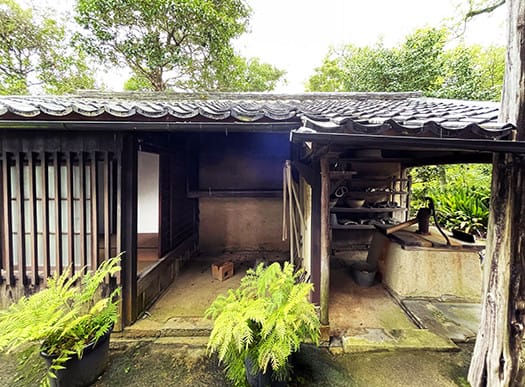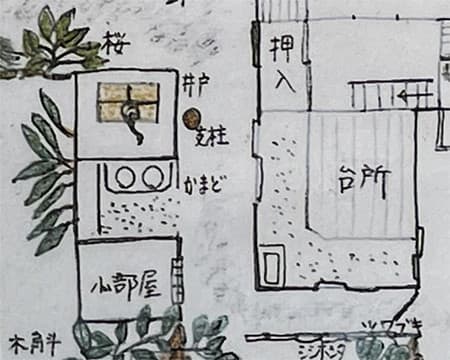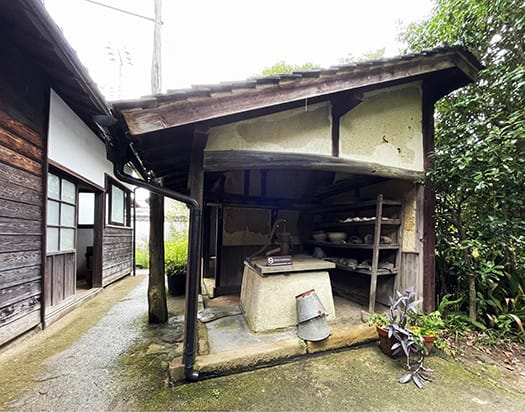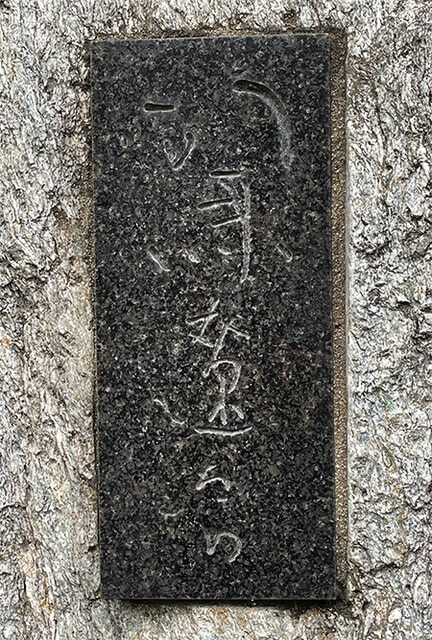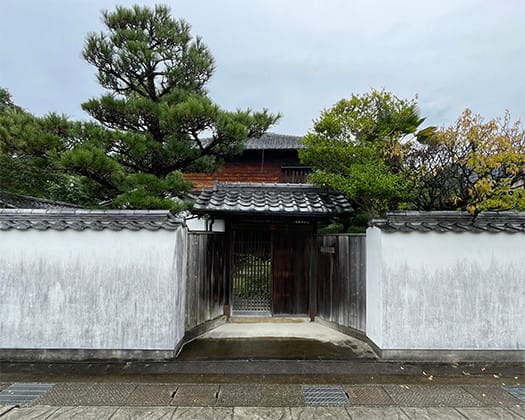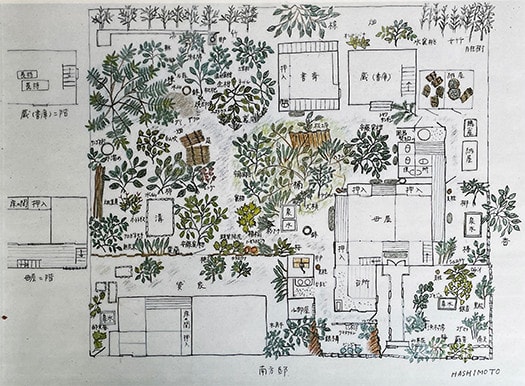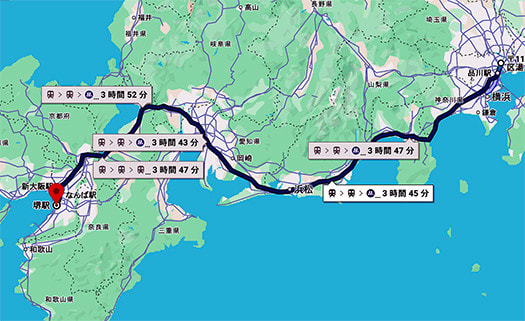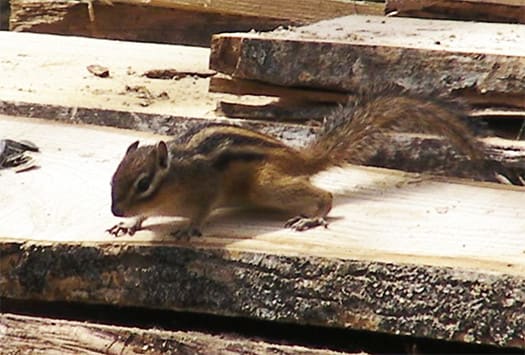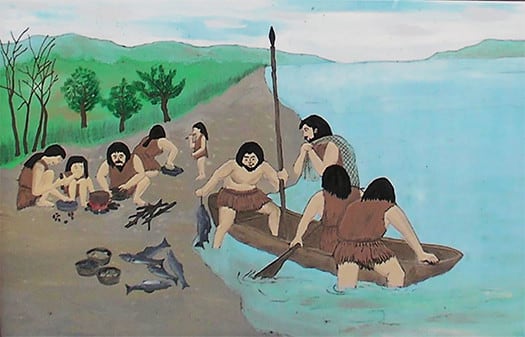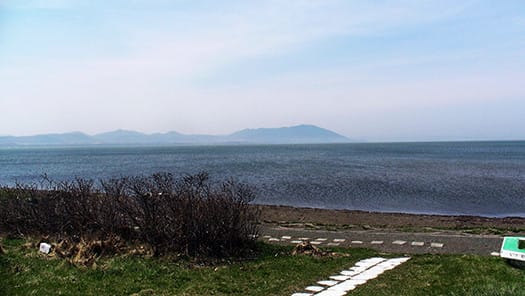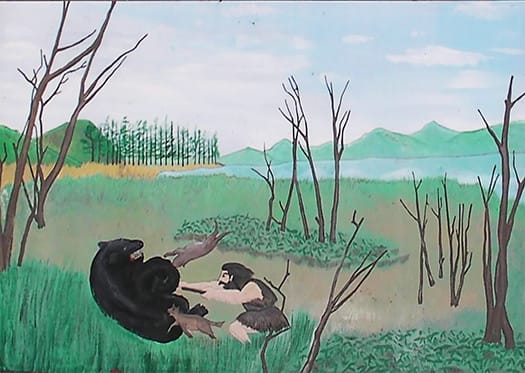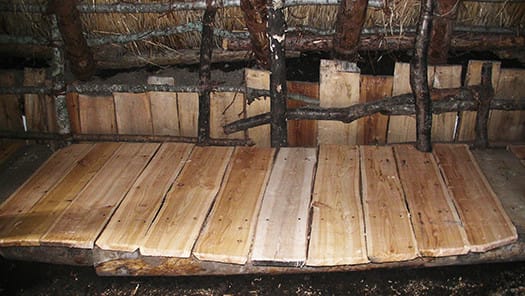

南方熊楠さんの自邸探訪その2であります。こちらの敷地はおおむね400坪ほどで、江戸期に紀州藩の「支藩」であった安藤氏の城下町というのが街区の由来。旧邸で質問にお答えしていただいた女性からの伝聞では、南方家というのは、この安藤氏の家臣の家系であって熊楠氏の父親は明治以降、金融業で財を成したのだという。そういった経済的背景で次男であった熊楠氏は、夏目漱石や正岡子規などと同時期に東大の予備門で学び、そこから海外遊学にまで旅立って行ったとのこと。明治という時代の雰囲気、その空気感がかれの学業・探究に大きな基礎を形成していたことがわかる。
その家系環境の中で、南方家の財産分与のようなカタチでこの400坪の屋敷地は熊楠氏にわたった。さすがに郷土を代表する人物について地域を挙げての調査活動がされていて、上のような「当時の街区地図」までもが公開されていた。わたし的にはそういった地道な調査活動に驚かされた。全国のこうした住宅探訪は、わたしの一種の「ライフワーク」化してきているけれど、ここまでの詳細ぶりははじめて。
その街区地図、おおむね1916年のこの南方熊楠邸の建設当時、このような環境で日々を暮らしていたということがリアリティを持って伝わってくる。地図に赤い矢印を付けたので、位置関係がお分かりいただけるでしょう。今日の住宅建設では当然のこととして「立地環境調査」が自明のように行われるけれど、こうした「古民家」探訪での手掛かりは非常に貴重。街区図には「めし屋」「辻の餅」「木村パン」といった店舗の所在までが推定できる記述に出会う。さらに先日の訪問では、レンタカーのカーナビ案内で白浜方面からの道で左折した交差点の名前が「銀座」だった。紀伊半島の海上交通の要衝として金融業というものの存在感が地名にまで残っているのだろう。父親、南方家の状況もそうした街並みの様子からも伺えてくる気がした。南方さんの家からほんの3-400mほどの距離。
昨日のブログでは南方さんの毎日の食事生活・台所、流しの場もわかった様子を書いたけれど、こうした周辺街区の詳細も見えてくると、より具体的な生活実相がみえてくる。世界的な植物学者・科学者を生んだ地域の誇らしさが感じられて、自然と好感を持たされる。
さらに南方さんの家の5-6軒南側には「原秀治郎・原豊次郎」というお宅の所在も確認できた。実はわたし自身の家系伝承で、この「紀州の原家」というのはひとつのミッシングリンクなので、強く引き込まれてしまっていた。ひとつの探訪が、またさらに古層の探究のきっかけになる。まことに醍醐味(笑)。あ、この件は今回の南方熊楠さん探訪から激しく逸脱するので、横道探訪はいたしません(キッパリ)。
English version⬇
[108 years ago, in the early Taisho era, Nanki-Tanabe City, Nanki-Tanabe City, and the present
A “street” map of the time when Kumagusu Minakata lived in this city has been researched and published. The sincerity of the people of the entire community is amazingly informative. ・・・・.
This is the second visit to Minakata Kumagusu's own residence. The site of this residence is about 400 tsubos (about 1,000 square meters), and the name of the town was derived from the castle town of the Ando clan, which was a “branch clan” of the Kishu clan in the Edo period. According to the legend of the woman who answered our questions at the old residence, the Minakata family was a family of vassals of the Ando clan, and Kumagusu's father made a fortune in the financial business after the Meiji era. With such economic background, Kumagusu, the second son, studied at the Tokyo University Preparatory School at the same time as Soseki Natsume, Shiki Masaoka, and others, and even went abroad to study. It is clear that the atmosphere of the Meiji era formed a great foundation for Kumagusu's academic studies and research.
In this family environment, the property was given to Mr. Kumagusu as if it was a share of the Minakata family property. As one would expect, the whole community was involved in the research activities on the local representative of the local people, and even a “street map of the time” like the one above was published. I was surprised by such a steady research activity. Although this kind of house-hunting has become a kind of “lifework” for me, this is the first time I have seen such a detailed map of the area.
The map of the area, which shows the conditions of the Minakata Kumagusu residence at the time of its construction in 1916, conveys the reality of daily life in such an environment. I have added red arrows on the map so you can see the location. Although “location and environment surveys” are conducted as a matter of course in today's housing construction, the clues provided by such “old minka” explorations are extremely valuable. On the street map, we found descriptions of stores such as “Meshiya,” “Tsuji-no-mochi,” and “Kimura Bakery,” which we could even guess where they were located. Furthermore, on a recent visit, the name of the intersection where I turned left on the road from Shirahama, guided by a rental car, was “Ginza. The presence of the financial industry as a key point of maritime transportation in the Kii Peninsula is probably preserved in the name of the place. I felt that the situation of the father and the Minakata family could also be heard from the appearance of the streets. It is only 3-400 meters away from Minakata-san's house.
In yesterday's blog, I wrote about how I could understand Minakata-san's daily meals, kitchen, and sink area, but when I could see the details of the surrounding area, I could get a more concrete picture of his daily life. The pride of the area that gave birth to a world-renowned botanist and scientist can be felt, and this naturally makes one feel good about the area.
Furthermore, five or six houses to the south of Mr. Minakata's house, I was able to confirm the location of a house called “Hara Shujiro and Hara Toyojiro. In fact, the Hara family in Kishu is a missing link in my own family history, and I was strongly drawn to it. One visit to the family's house triggers further exploration of the ancient layers of the family. It is truly a real pleasure (laughs). Oh, I will not go on a side trip, because this matter deviates from this exploration of Mr. Kumagusu Minakata.












